The Sinagua people, a pre-Columbian culture that thrived in what is now known as Walnut Canyon, Arizona, built an astonishing vertical village within the cliff walls.
These cliff dwellings, part of the Walnut Canyon National Monument, offer a fascinating glimpse into the lives of the Sinagua people.
This blog post explores 10 unique aspects of their culture, architecture, and lifestyle, highlighting what makes this monument truly special.
1. Ingenious Architecture
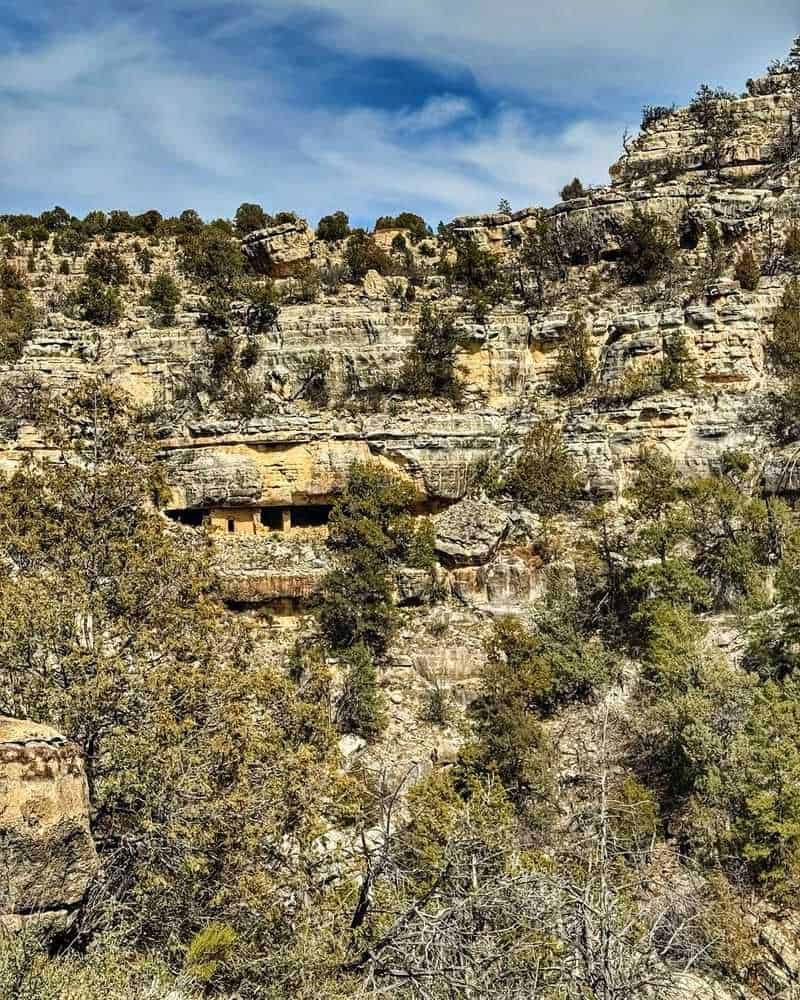
The Sinagua people exhibited remarkable ingenuity in their architecture. They carved their dwellings directly into the cliffs, using natural rock formations for walls and roofs.
This clever use of the landscape provided natural insulation against the elements.
Each dwelling was strategically placed to take advantage of sunlight and shade, demonstrating a profound understanding of their environment.
The Sinagua’s architectural techniques were advanced for their time, allowing them to create a sustainable and comfortable living space.
2. Strategic Location
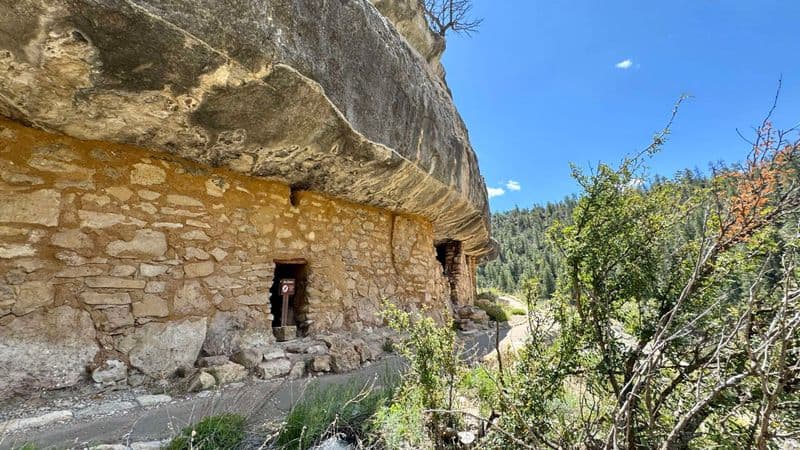
Nestled within the limestone walls of Walnut Canyon, the strategic location of the Sinagua village offered both protection and accessibility.
The canyon’s steep walls provided natural defenses against potential threats.
This unique positioning allowed them to balance safety with the resources necessary for their day-to-day life, enhancing their ability to flourish in the region.
3. Agricultural Prowess
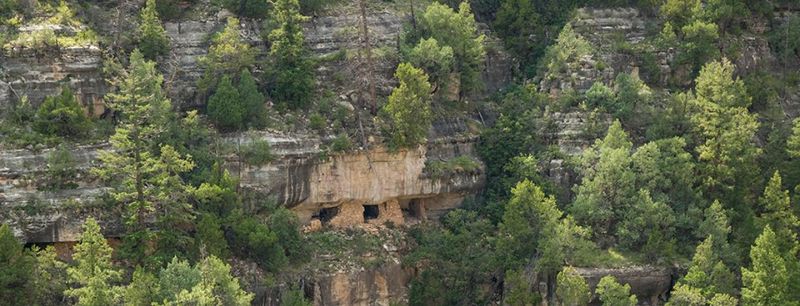
Though living in a rugged terrain, the Sinagua people excelled in agriculture.
They developed terraced fields on the canyon’s rim, employing ingenious irrigation methods to nurture crops like corn, beans, and squash.
This agricultural prowess ensured a stable food supply, vital for their community’s sustainability.
The Sinagua’s ability to adapt and thrive in such an environment speaks volumes about their innovation and understanding of the land’s potential.
4. Rich Cultural Practices
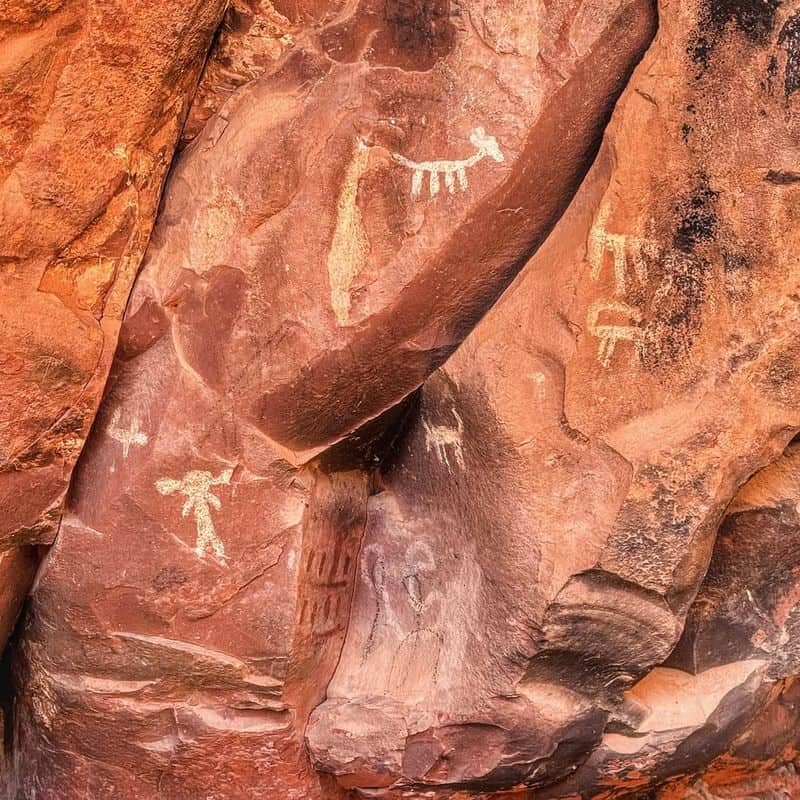
The Sinagua people had a rich tapestry of cultural practices that included pottery making, weaving, and intricate rituals.
Their pottery, often adorned with unique designs, reflected both their artistic flair and daily life.
Community gatherings were central to their culture, fostering strong social ties and a sense of identity.
These practices not only enriched their social lives but also ensured the transmission of knowledge across generations, preserving their cultural heritage.
5. Trade and Exchange

The Sinagua were not isolated; they engaged in vibrant trade networks with neighboring tribes.
This exchange extended beyond goods, including ideas and cultural practices.
Artifacts such as shells from the Pacific Coast and turquoise from the Southwest have been found in their village, indicating extensive trading routes.
This connectivity enhanced their cultural richness and provided access to a wider array of resources, contributing to their community’s prosperity.
6. Spiritual Beliefs
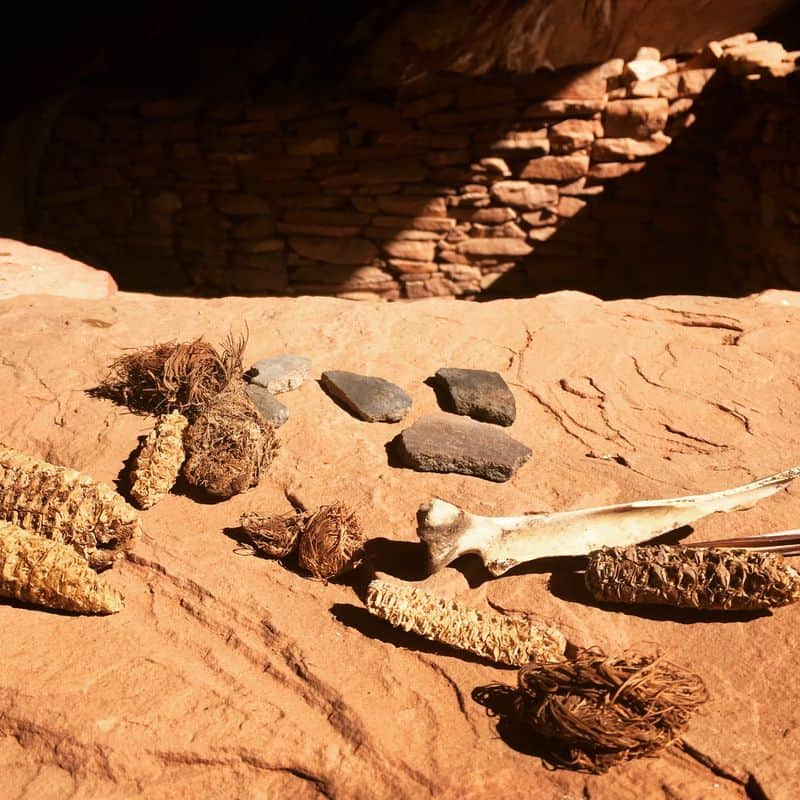
Spirituality was deeply woven into the fabric of Sinagua life. Their beliefs were reflected in ceremonial sites and sacred symbols found within the canyon.
Such spiritual practices likely revolved around the natural world, with the canyon itself possibly serving as a spiritual sanctuary.
These beliefs not only influenced their daily lives but also shaped their connection to the environment, underscoring a profound sense of reverence for the natural world.
7. Adaptation to Environment

The Sinagua’s ability to adapt to their environment was exceptional. They utilized available natural resources, crafting tools from stone and plant fibers.
This adaptability extended to their dietary practices, where they integrated local flora and fauna into their meals.
Their keen understanding of the natural world allowed them to make the most of their surroundings, ensuring their survival in the challenging landscape of Walnut Canyon.
8. Artistic Expression
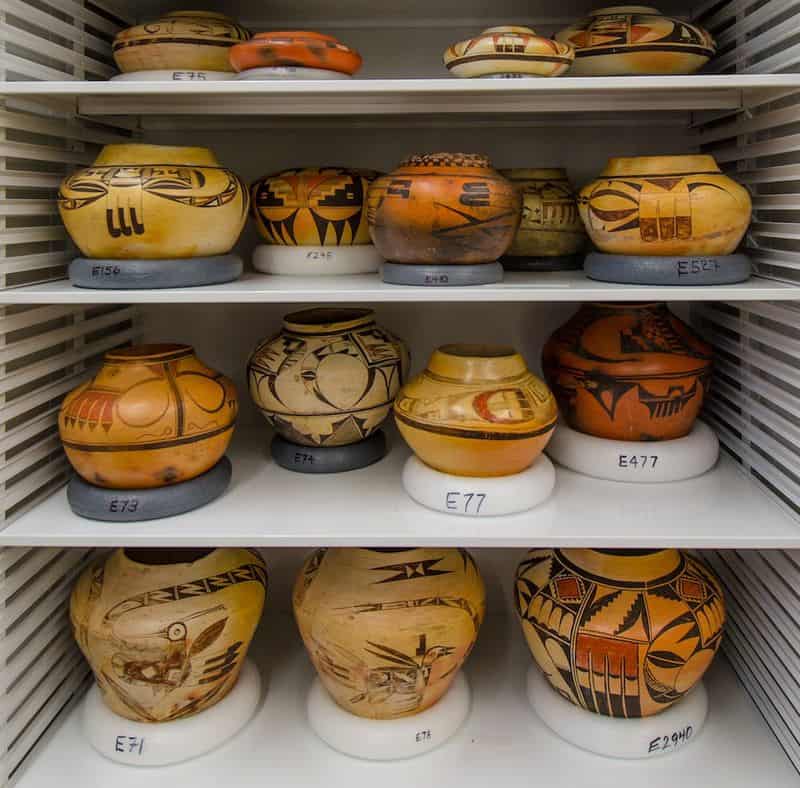
Art was a significant aspect of Sinagua culture. Their artistic expression manifested in pottery and woven textiles, each piece telling a story.
This creative articulation of identity and tradition played a crucial role in maintaining cultural continuity and community cohesion, reflecting the Sinagua’s deep appreciation for craftsmanship.
9. Legacy of Resilience
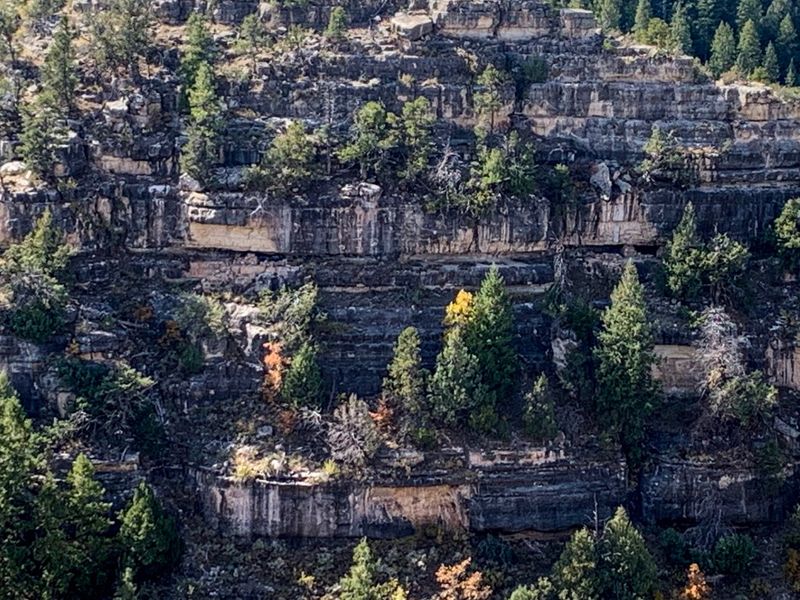
The legacy of the Sinagua people is one of resilience and ingenuity. Despite challenges, they developed a thriving community that left a lasting imprint on the region.
Today, their descendants and visitors alike are inspired by their achievements, drawn to the ancient cliff dwellings that stand as a testament to their enduring spirit.
This legacy continues to be celebrated, offering valuable lessons in persistence and adaptability.
10. Preservation Efforts

Efforts to preserve the Sinagua cliff dwellings are ongoing, ensuring future generations can appreciate this historical treasure.
Conservation initiatives focus on maintaining the integrity of the structures while respecting their cultural significance.
These efforts involve collaboration between archaeologists, historians, and local communities, highlighting the importance of preserving cultural heritage.
Such initiatives not only protect the physical remnants but also keep the stories and spirit of the Sinagua people alive.

